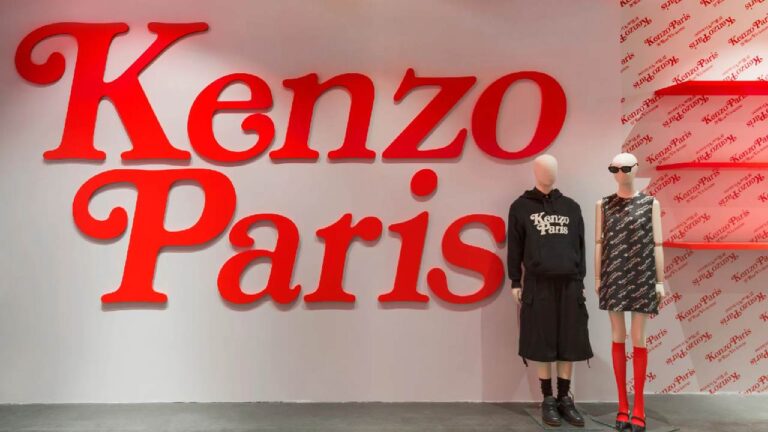
BeautyRival – Look around the fashion world today, and you’ll feel it not a breeze, but a category five hurricane. Change isn’t coming, it’s already here, and it’s tearing apart everything that isn’t bolted down. The recent headline-grabbing designer moves like Matthieu Blazy’s shock debut at Chanel and Demna’s rumored leap to Gucci are symptoms, not causes. Underneath the glitter, the industry is undergoing a foundational reset. As someone who has followed fashion for over a decade, I’ve never seen this level of sustained disruption. It’s no longer just about trends and hemlines, but about survival in an economic and digital ecosystem that’s unforgiving.
Old Business Models Are Collapsing Under New Realities
Even just seven years ago, legacy brands were still coasting on inertia. Today, the math no longer adds up. Marketing is almost entirely digital, traditional department stores are collapsing, and global trade tensions including tariffs imposed during Donald Trump’s presidency continue to haunt sourcing strategies. Veteran retail advisor Antony Karabus laid it out plainly: what once generated double-digit EBITDA margins is now scraping by with mid-single digits. The reason? Costs are up, but the consumer hasn’t scaled with it. As a result, fashion companies face a stark choice evolve or become obsolete.
“Read More : Colmar Brings the Mountains to Milan: A Pop-Up Tribute to Winter Sport Heritage”
Only the Giants Are Thriving and That’s a Problem
Scale has become the ultimate moat in retail. According to Solomon Partners’ David Shiffman, 82 cents of every dollar spent at the top 150 publicly traded retailers goes to just the top 20. That staggering stat explains why players like Walmart, Amazon, and even Costco are not only surviving they’re thriving. Meanwhile, mid-sized lifestyle brands, once considered stable and mature, are being hollowed out. It’s not that they’re failing at fashion. They’re failing at infrastructure. Without tech muscle, capital, and global logistics, they simply can’t compete.
From Icons to Acquisition Targets: The M&A Frenzy Begins
In response to this financial pressure, we’re seeing a surge in retail M&A activity. It’s not the result of optimism it’s survival strategy. Recent deals include Dick’s Sporting Goods buying Foot Locker for $2.4 billion, Prada taking over Versace from Capri Holdings, and Authentic Brands Group scooping up Guess Inc. and Dockers. On the surface, these moves look bold. But dig deeper, and you’ll find desperation. Many of these companies are either distressed or scrambling to exit before their market position erodes further. It’s a game of brand musical chairs and not everyone will find a seat.
“Read More : The Signature Silhouette: Diane Keaton’s Defining Look”
Brand Management Firms: The New Kings of Retail Restructuring
Enter the brand management companies firms like Marquee Brands and Authentic Brands Group which are becoming the private equity of fashion. They don’t just buy struggling brands; they strip them down, optimize licensing, and resell the essence. Heath Golden of Marquee Brands described it bluntly: “The majority of companies for sale today are distressed.” Some brands are fine, but their parent companies aren’t. Others are already crumbling. Brand managers have a blueprint and capital to navigate chaos. And in a climate where sourcing costs and liquidity are a nightmare, that advantage is golden literally and figuratively.
The Middle Is Collapsing and Nobody Knows What’s Next
The retail market is polarizing. Luxury labels and fast-fashion giants like Zara and H&M continue to dominate opposite ends of the spectrum. What’s disappearing is the middle: traditional specialty retailers with decades of history, large store footprints, and bloated operations. These brands don’t inspire high valuations anymore. Why? Because in today’s market, scale and agility win. And the sad reality is that many of these players have neither. As a longtime observer, I see this as more than just a business issue it’s a cultural shift. We’re watching the collapse of the fashion “middle class.”


